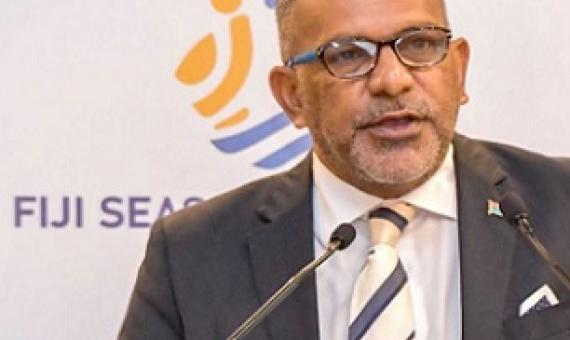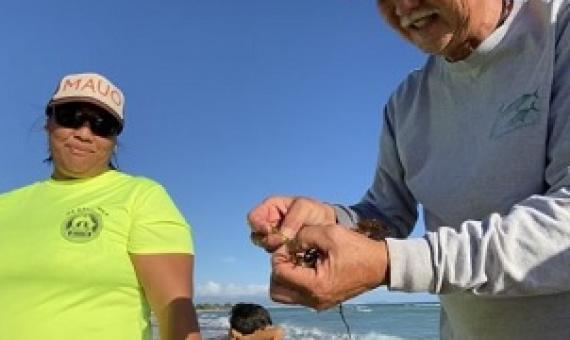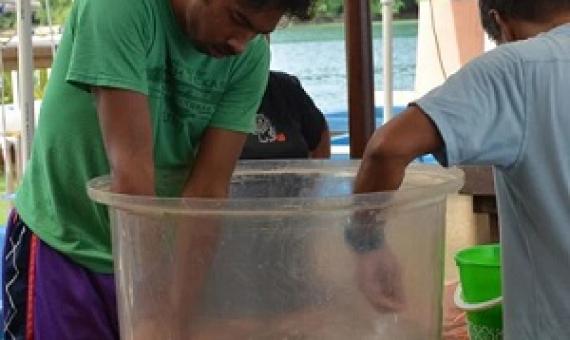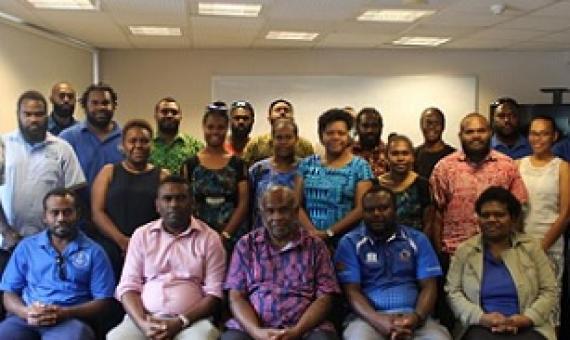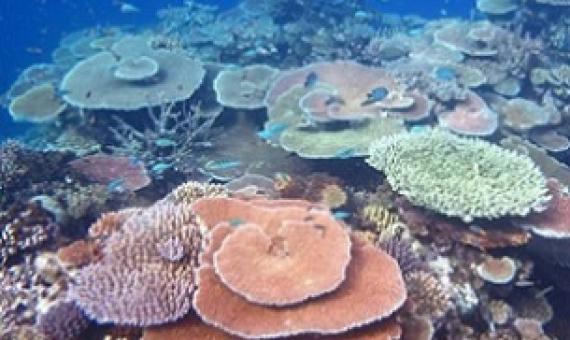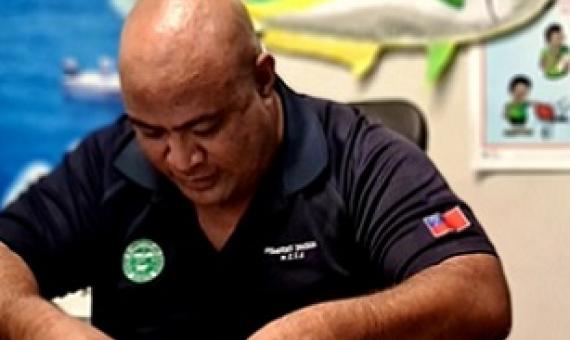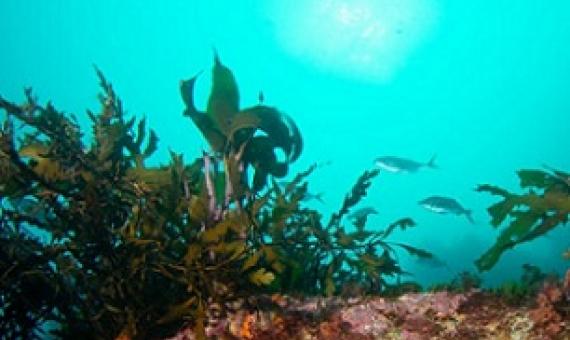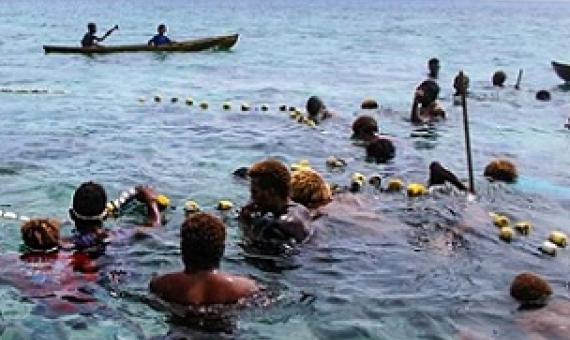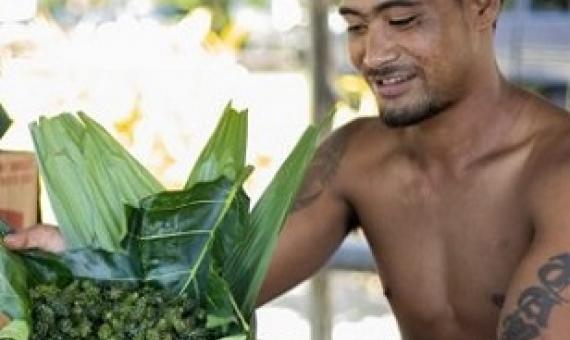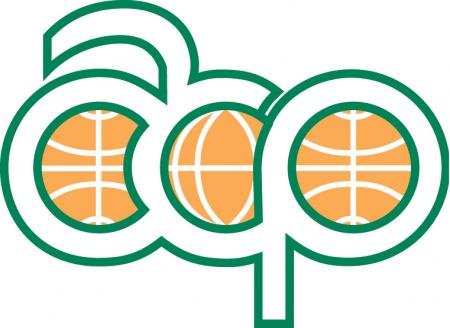The Fijian Government will continue working closely with its consortium partners to establish and preserve our coastal marine environment.
In many places, Indigenous communities are working to restore seaweed species that have been traditional food sources or supported traditional diets. From kelp farms in Alaska to seaweed-focused community education in Hawai‘i, the projects take many forms.
A new study by the Palau International Coral Reef Center has determined that giant clams are abundant and widespread in Palau...The study...reported that in spite of pressures from tourism and fishing, giant clam populations remain abundant and healthy.
Vanuatu stakeholders have convened to discuss the draft document on the country’s marine spatial plan before it can be presented in Parliament for approval next year.
Climate change is altering familiar conditions of the world's oceans and creating new environments that could undermine efforts to protect sea life in the world's largest marine protected areas. The changing conditions also have cultural and economic implications for the people whose traditi
The Samoa Conservation Society (S.C.S.) has thrown its support behind efforts by the Ministry of Agriculture and Fisheries (M.A.F.) to stop the catching and selling of undersized marine species. Officials from the Ministry, in a joint operation with the Police last week, swooped on sellers
A new project in Wellington aims to regenerate the region's seaweed forests. Nic Toki mentioned the Love Rimurimu restoration project recently during Critter of the Week. Mountains to Sea executive director Zoe Studd talks to Jesse about their work and what they're doing.
The dual impacts of over-fishing and climate change appear to have resulted in the depletion of fish stocks on various common fishing grounds used by local fishermen from Titiana village, in the Western province of Solomon Islands...In response to poor catches, villagers are now looking more at r
Surrounded by water and facing a precarious future, Kiribati is learning from Samoan limu harvesters how to improve their livelihoods. Sapeti Tiitii has just finished helping her eighth village build a seaweed farm, this one on the island of Savaii.
Tropical islands of the Anthropocene: Deep histories of anthropogenic terrestrial–marine entanglement in the Pacific and Caribbean
Islands are useful model systems for examining human–environmental interactions. While many anthropogenic effects visible in the archaeological and paleoecological records are terrestrial in nature (e.g., clearance of tropical forests for agriculture and settlement; introduction of nonnative flora and fauna), native peoples also relied heavily on marine environments for their subsistence and livelihood.

